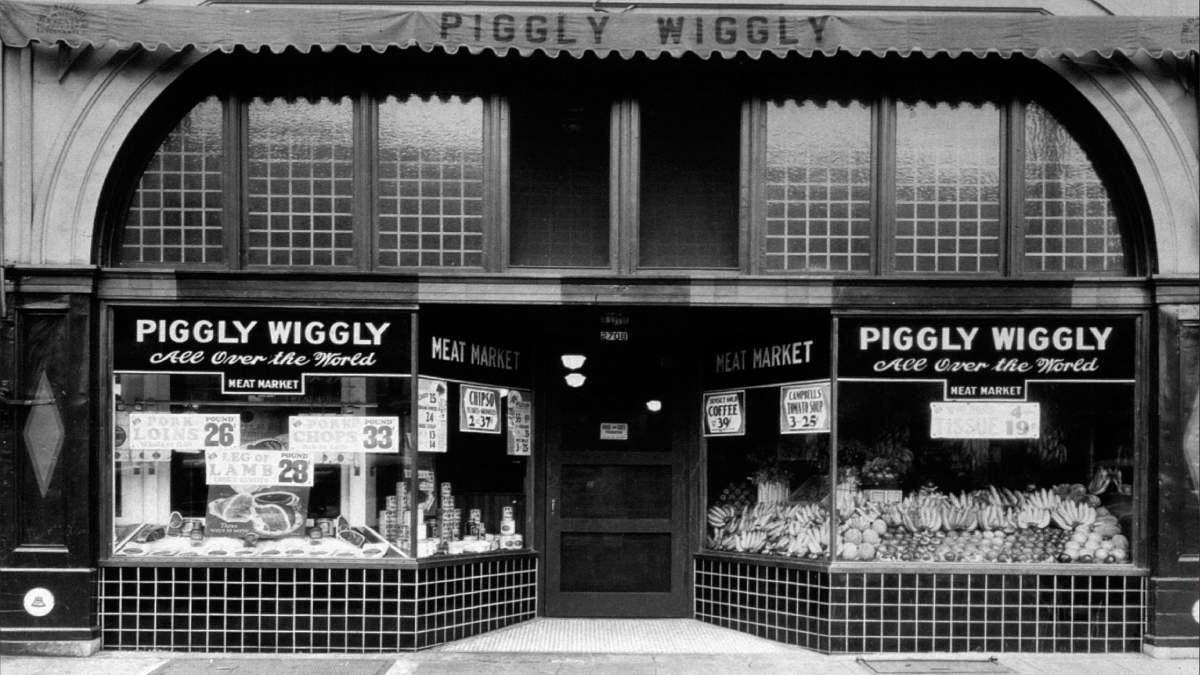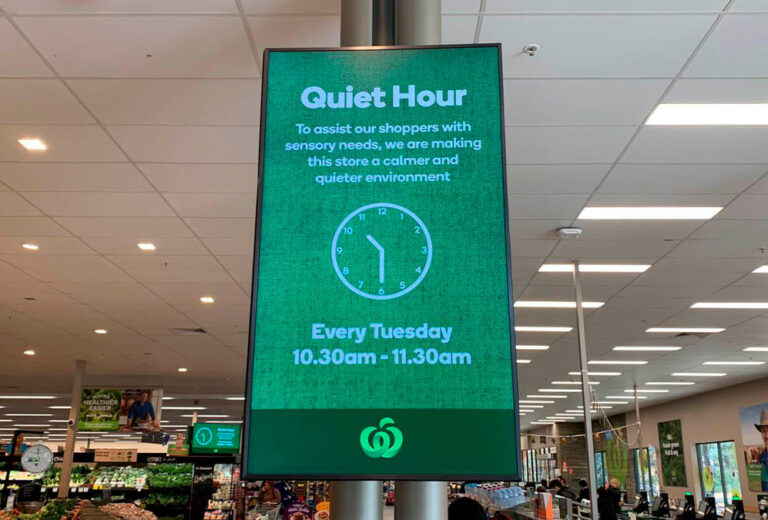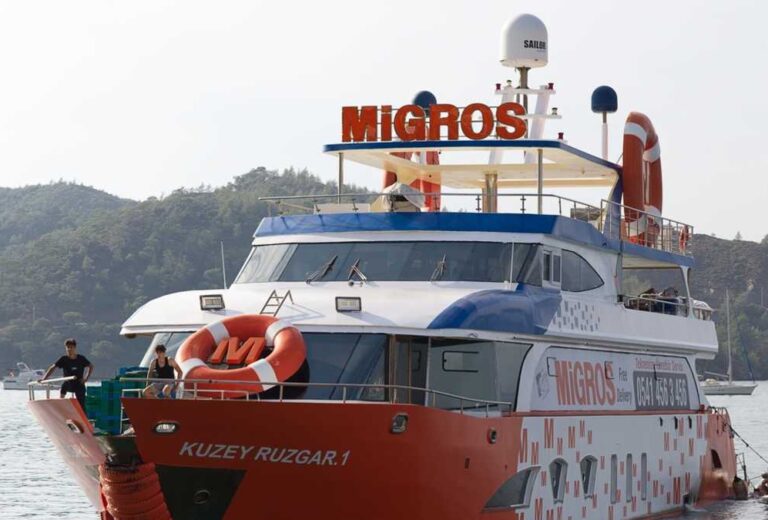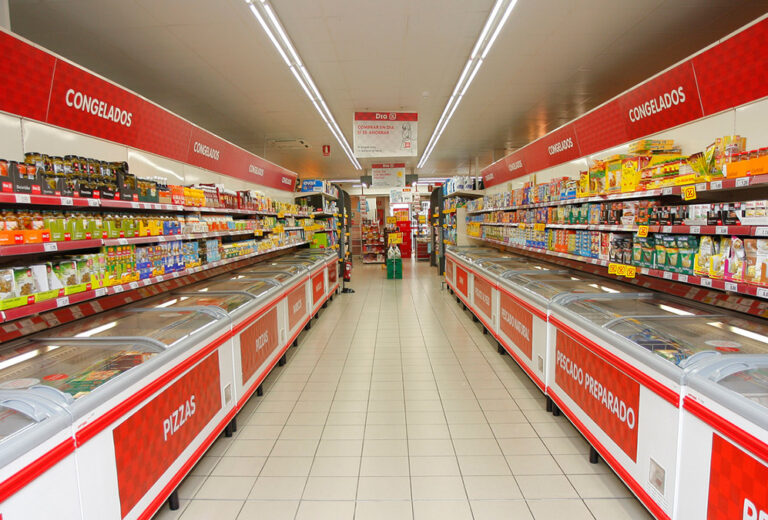Click here to read the Spanish version.
Nowadays, the concept of going shopping in a supermarket is very ingrained. We are not surprised when we take the shopping cart and go through the aisles filling the basket with products -many of which we don’t need-. But the self-service model is something that has not always been practiced. In the past, traditional commerce was based on grocery stores, grocers or markets. There, you would ask the shopkeeper for the food you wanted and he would prepare the order for you.
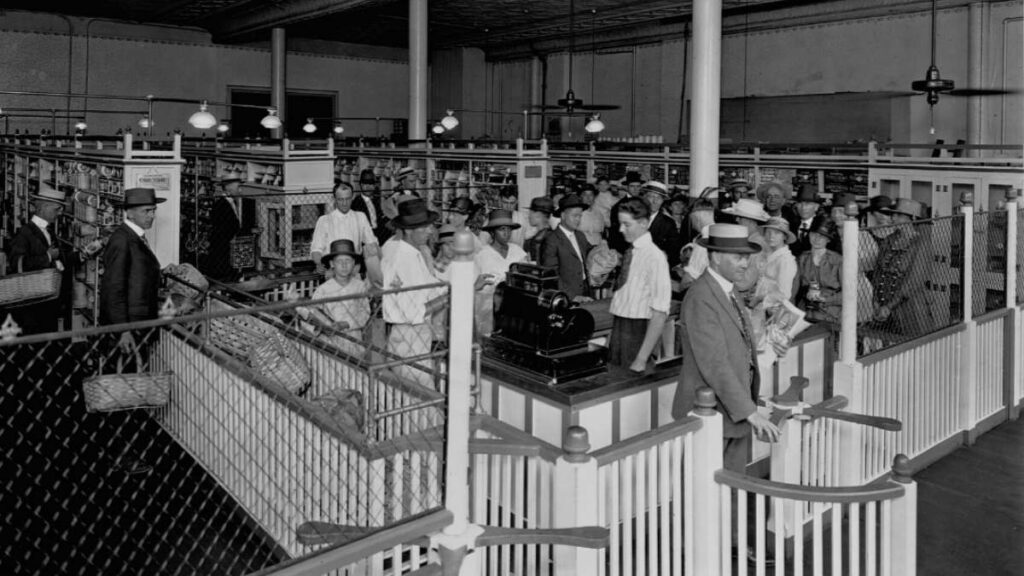
But the retail world changed completely in 1916 thanks to the brilliant idea of Clarence Saunders. This American, who had worked in several food stores, realized that the typical method of selling food over the counter was slow. In addition, it did not take advantage of the full sales potential. Because the clerk served the products himself, long lines formed. That wait meant that, in the end, more money was not being made.
Saunders decided to start a business where the rules of the game changed: the customer could self-serve and be more autonomous during the buying process. Thus, on September 6, 1916, Clarence opened his first store in Memphis. He chose a rather peculiar name: Piggly Wiggly® and his image was a smiling piggy, which did not go unnoticed.
The piggly that changed everything
Many predicted that this idea would fail miserably, an opinion that was also accentuated by the name chosen and the image used. But the truth is that it was a totally new idea for that time. This supermarket had nothing to do with other stores. When you entered, you had a pile of baskets – at that time made of wood – to store the products, and the store was divided into aisles and shelves for the customer to serve himself, something totally unheard of at that time.
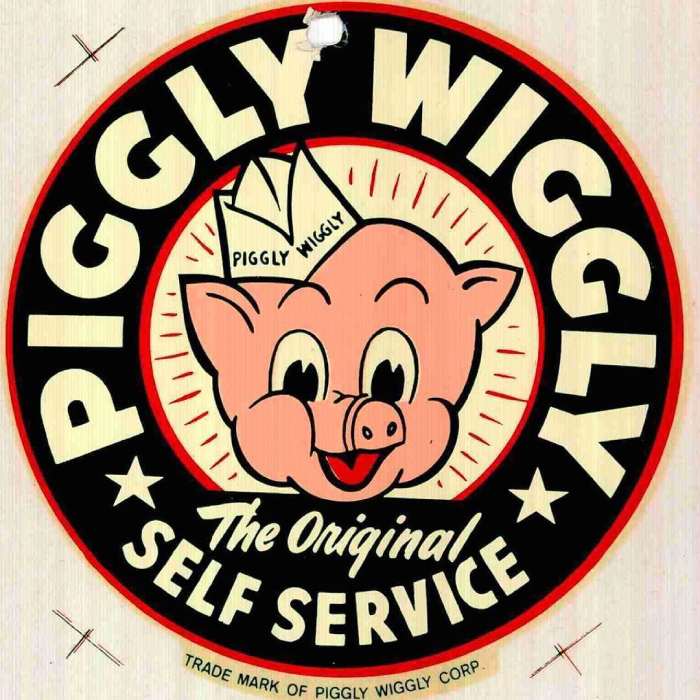
Within the first few months, the success of what was considered the world’s first supermarket was confirmed, and Saunders decided to franchise hundreds of food retailers to operate their own Piggly Wiggly® stores. In fact, by the end of 1916, Memphis already had nine Piggly Wiggly supermarkets in the city. Clarence Saunders was 100% confident in his project, going so far as to say: “One day Memphis will be proud of Piggly Wiggly®…. And all men will say… that the Piggly Wigglies will multiply and fill the earth with more and more things to eat,” according to Mike Freeman, author of the book Clarence Saunders and the Founding of Piggly Wiggly: The Rise & Fall of a Memphis Maverick, which tells the entrepreneur’s story.
The growth of Piggly Wiggly® was meteoric, and by 1923 the chain had 1,267 stores (more than half owned by the company and the rest franchised). Saunders had become a great entrepreneur – the company even went public – but poor stock management forced him to sell the company and go bankrupt. He then tried his hand at opening stores under his own name. And, although he managed to recover with other innovative businesses such as Keedoozle in 1937, considered the first automated supermarket in the United States, or Foodelectric, a precursor of the self-payment system, he never revalidated the success of the little pig.
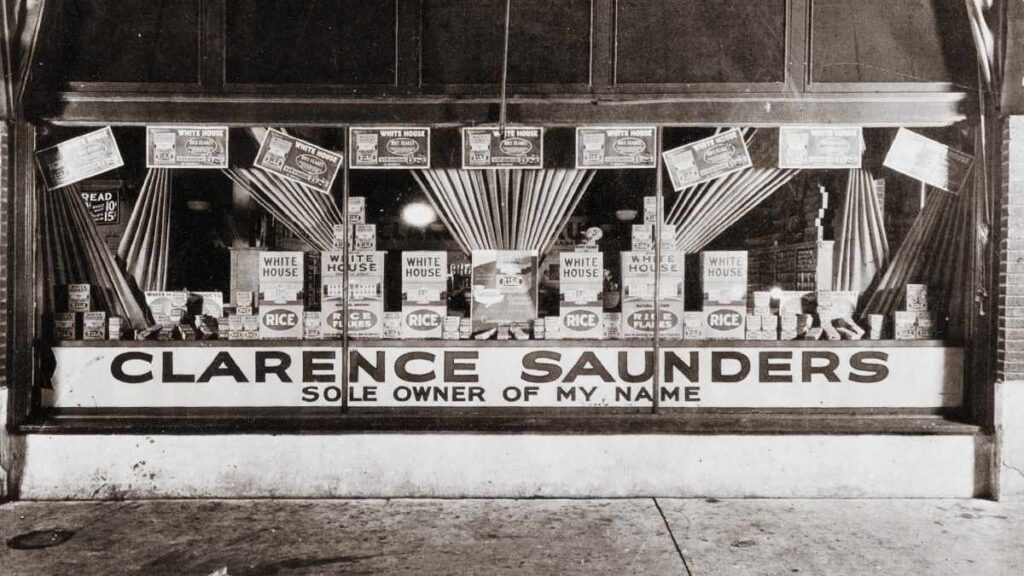
Why did you choose that name?
Today, Piggly Wiggly® has more than 500 stores in 18 states. But what continues to generate a lot of buzz is the reason for such a peculiar name, which has been maintained throughout its 127-year history. Clarence Saunders always kept the hype about it and was reluctant to explain the origin.
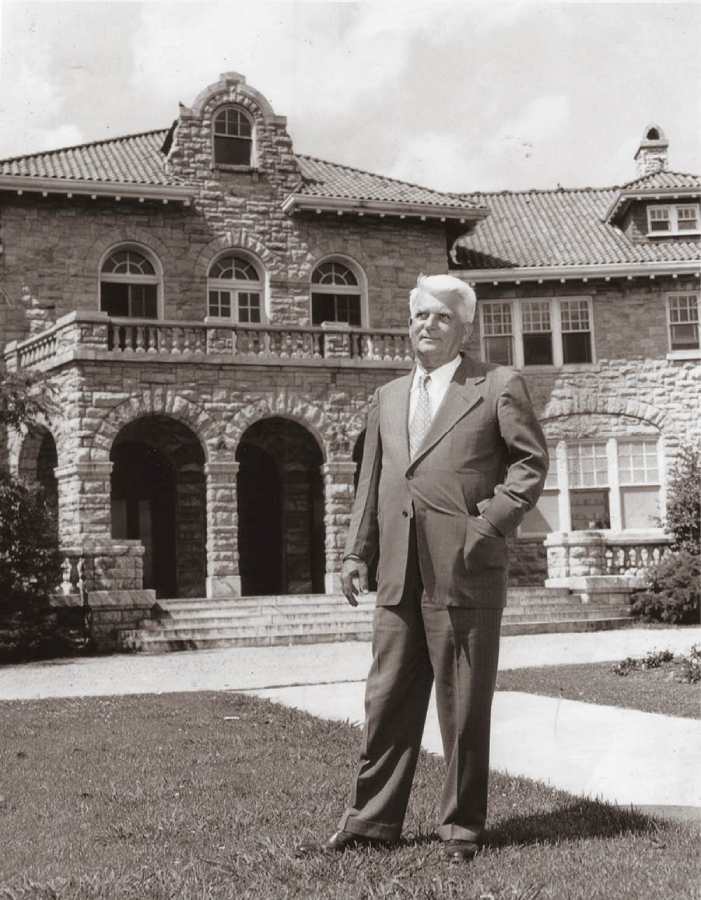
One of the main theories that people around him used to tell -and that is reflected on the network’s website- is that one day, while traveling by train, he looked out the window and noticed several little pigs trying to get under a fence. That image led him to think of the original rhyme.
On the other hand, when asked about the reason for this denomination, he also used to answer: “So that people would ask themselves the same question”.
In Spain, the first self-service supermarket was Caprabo
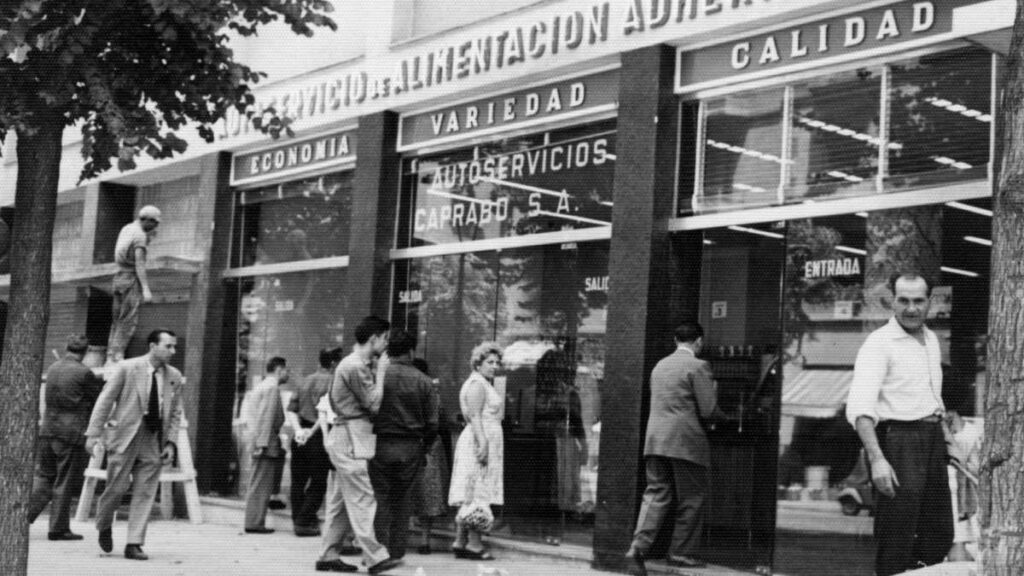
To find an establishment of these characteristics in Spain, a few years had to pass. It was not until 1959 when the first self-service supermarket in our country was inaugurated. It was a Caprabo located in Barcelona, which was the idea of the entrepreneurs Pere Carbó, Jaume Prat and Josep Botet. The name came from the first syllable of the surname of each of them. Today that first store is still open and Caprabo has a network of 320 supermarkets (since 2007, it has been part of the Eroski Group).

